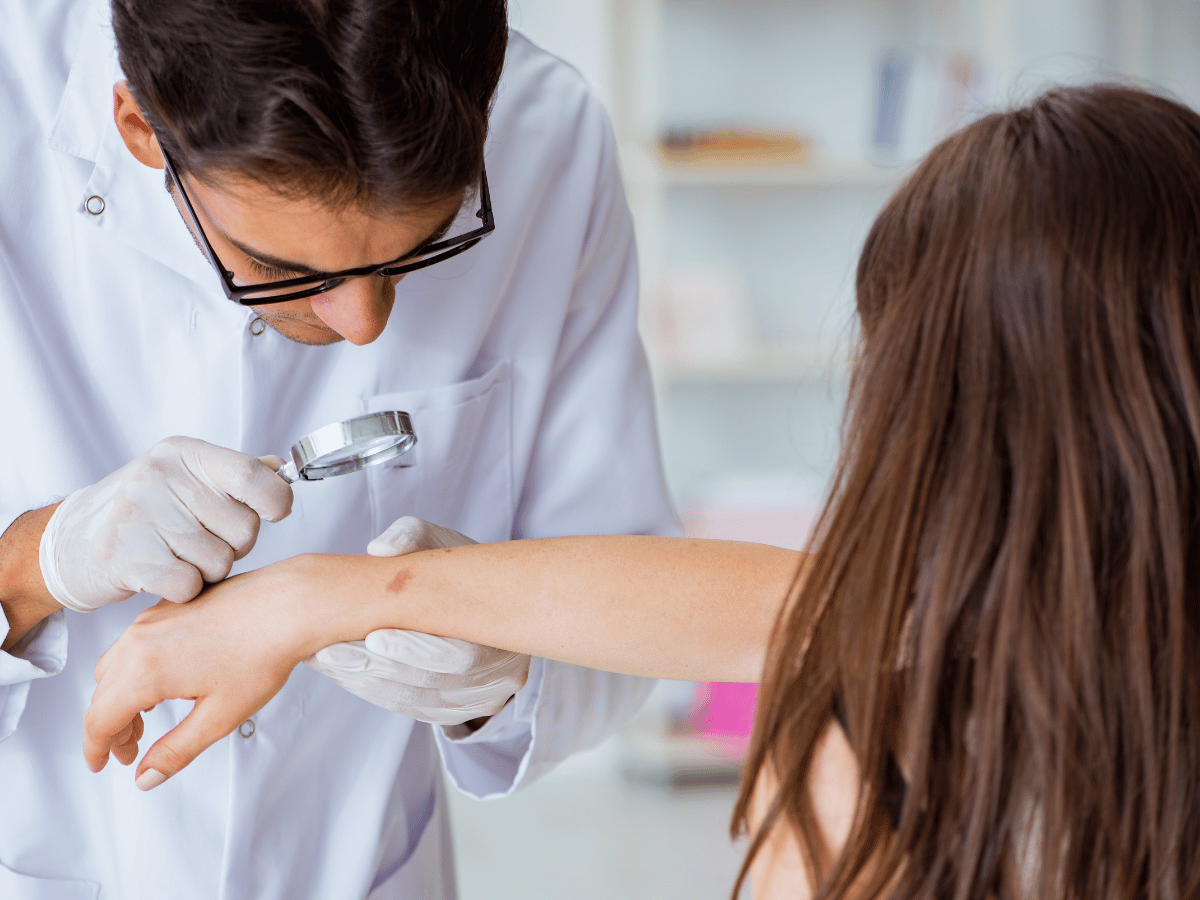Breast Cancer Awareness – Dermatologists have a role
The following is a cursory review of some of the excerpts reported by Naseem Miller of Skin & Allergy News about a talk I gave on September 19th at the annual meeting of the Florida Society of Dermatologic Surgeons. We are grateful and honored that she would report on this most important topic.
Dr. Dave Harvey
“As dermatologists do their routine skin checks, they should also pay attention to the breast and the nipple, advised Dr. David T. Harvey. Although nipple and areolar tumors are relatively rare, “We have an important role in their evaluation and a wonderful opportunity to impact breast cancer awareness and detection. Literature on nipple tumors is limited, but in general, benign breast lesions are much more frequent than the malignant ones. The differential diagnosis can be confusing, “so you don’t want to over or under-react,” and still give the patients the best advice, Dr. Harvey said.
Begin with history The first step in assessing a lesion on the nipple or areola is to take a thorough history and physical. The questions to ask include: Is there a discharge? Has the lesion been changing in size? Is the patient pregnant? Is the lesion painful? Then perform a visual inspection of the breast and areolar skin looking for unusual lumps and masses. If the patient will allow, cursory palpation of the breast tissue is helpful.
Ask patients if they have a record of their latest mammograms or MRI. “Get on the phone if you’re not sure. Call a trusted breast specialist, general plastic surgeon or a surgical oncologist,” Dr. Harvey said. If you see a lesion that’s erosive and has been there for 6 or 7 months get a full-thickness incisional biopsy. It is also important to document the presence or absence of axillary lymphadenopathy. You can also culture the nipple discharge, although most times cultures don’t yield specific data. And finally, educate patients about the benefits and risks of undergoing regular breast cancer screenings.
In summary, Dr. Harvey said that it is vital to biopsy a nipple or areolar lesion that is not responding to traditional therapies.”



